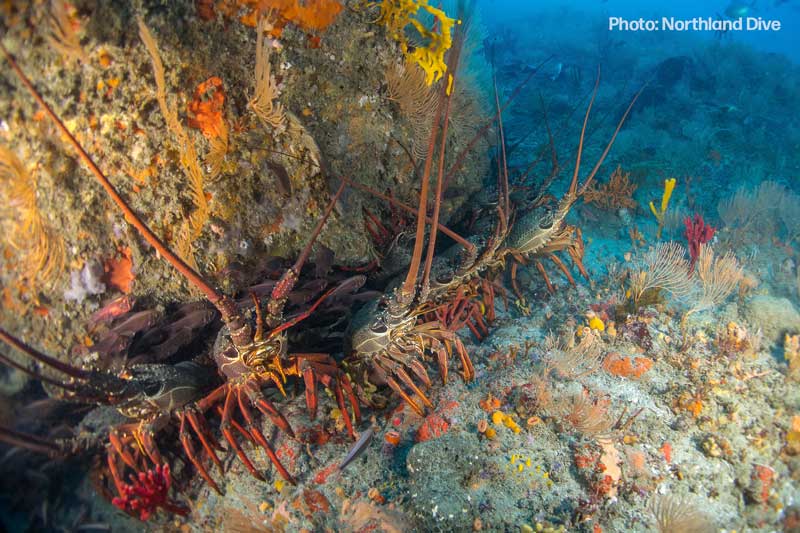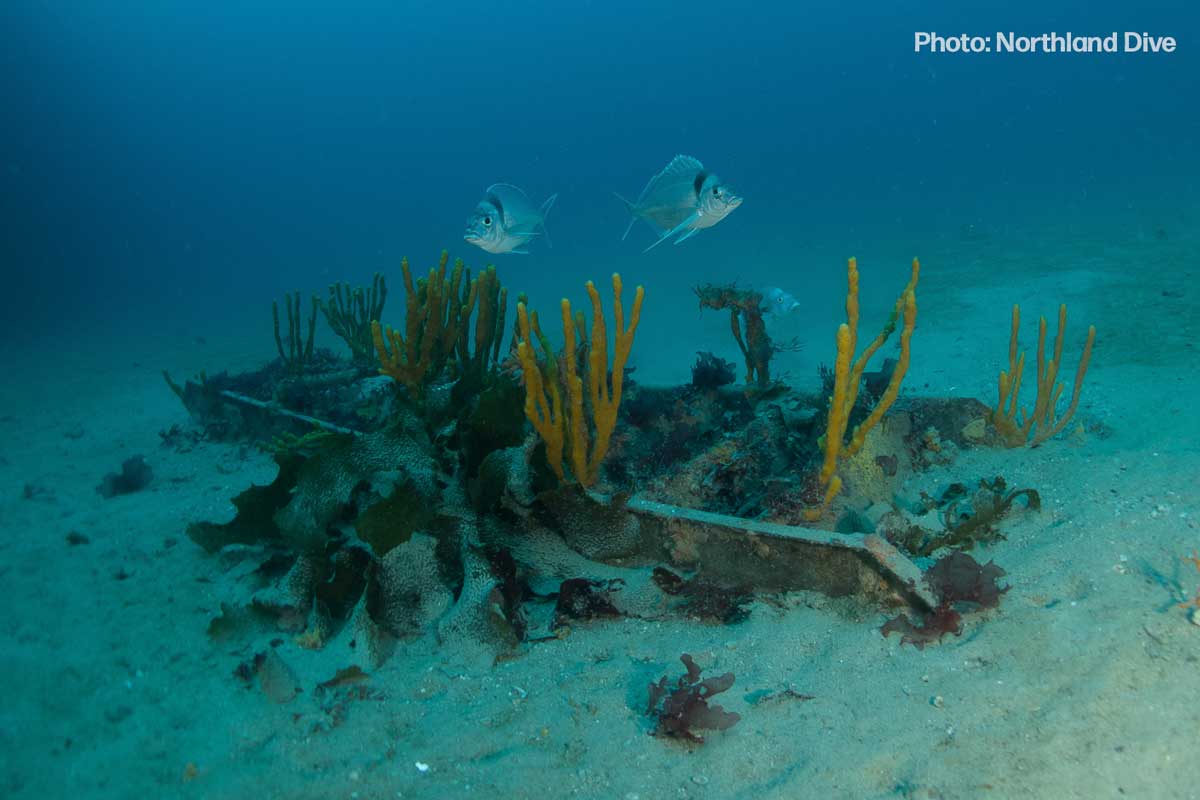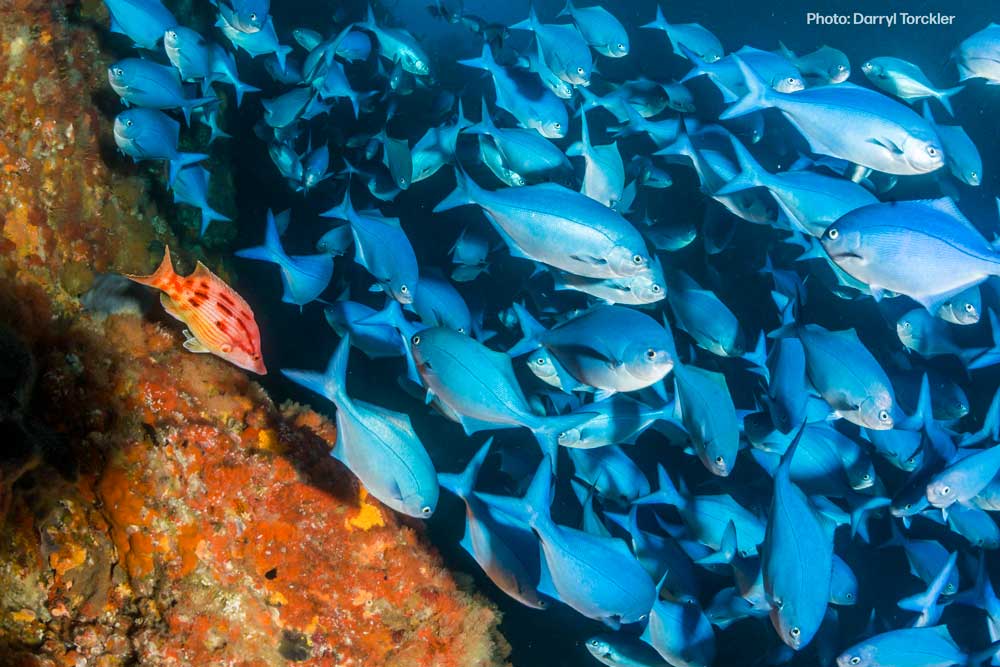Marine Reserve Benefits
No-take marine reserves are a relatively new thing in the world.
When the scientists of Auckland University's Leigh Laboratory set out to protect the
Marine Protection in NZ today
Marine Protection in New Zealand is in a period of change. For a long time there has been a desire to change the legislation. The
NZ Marine Conservation
Northland students celebrate the opening of Whangarei Harbour Marine ReserveMarine conservation in NZ has a fascinating history starting with arrival of early Māori with holistic



